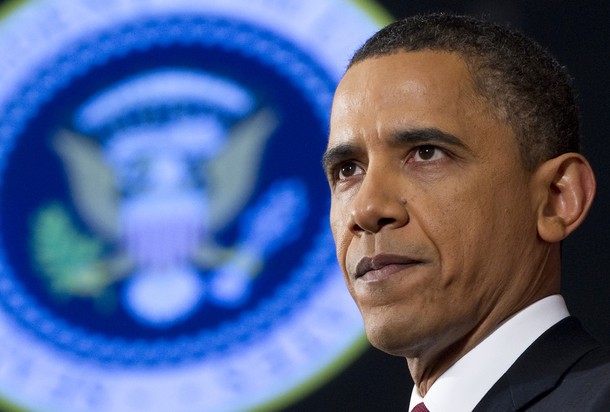
From Helene Cooper and Steven Lee Myers, the New York Times: It would be premature to call the war in Libya a complete success for United States interests. But the arrival of victorious rebels on the shores of Tripoli last week gave President Obama’s senior advisers a chance to claim a key victory for an Obama doctrine for the Middle East that had been roundly criticized in recent months as leading from behind.
Administration officials say that even though the NATO intervention in Libya, emphasizing airstrikes to protect civilians, cannot be applied uniformly in other hotspots like Syria, the conflict may, in some important ways, become a model for how the United States wields force in other countries where its interests are threatened.
“We’ve resisted the notion of a doctrine, because we don’t think you can impose one model on very different countries; that gets you into trouble and can lead you to intervene in places that you shouldn’t,” said Ben Rhodes, the director for strategic communications at the National Security Council.
Even so, he said, the Libya action helped to establish two principles for when the United States could apply military force to advance its diplomatic interests even though its national security is not threatened directly.
Mr. Obama laid out those principles on March 28, when he gave his only big address on the Libya conflict, in a speech at George Washington University that in many ways established the principles of the Obama doctrine.
During that speech, Mr. Obama said that America had the responsibility to stop what he characterized as a looming genocide in the Libyan city of Benghazi (Principle 1). But at the same time, he said, when the safety of Americans is not directly threatened but where action can be justified — in the case of genocide, say — the United States will act only on the condition that it is not acting alone (Principle 2).
And so, with Libya, the United States used its might — providing crucial cruise missiles, aircraft, bombs, intelligence and even military personnel — but it did so as part of the larger NATO coalition, led by the French and the British and including Arab nations.
And it did so only after a United Nations Security Council resolution authorized the kind of multilateral approach that had been viewed with disdain by Mr. Obama’s predecessor, George W. Bush. . . .
But the very fact that the administration has joined with the same allies that it banded with on Libya to call for Mr. Assad to go and to impose penalties on his regime could take the United States one step closer to applying the Libya model toward Syria. While military intervention in Syria is highly unlikely, administration officials say that the coordinated approach to calling for Mr. Assad’s ouster and imposing financial penalties on the Syrian government show that they are already applying the Obama doctrine there. (photo: Getty)
Image: getty%204%2018%2011%20Barack%20Obama.jpg
